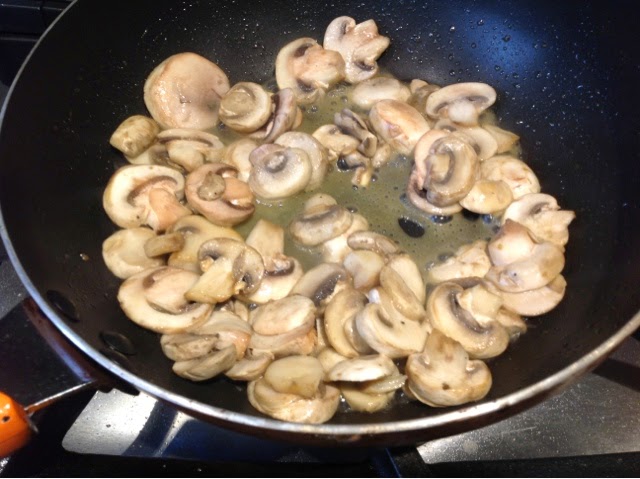Wondering what I ate for a plant-based and gluten-free holiday entrée? This amazing tofu with mushroom gravy to start off a full plant-based holiday menu that even non-vegans loved.
A few people asked what I was planning to serve as my vegan Thanksgiving entrée this year. After thinking it over, I settled on tofu smothered in a rich flavorful onion-and-mushroom gravy. We ate it over warm rice, and the whole thing turned into one of those dishes that seems humble at first but somehow becomes the star of the plate—simple, satisfying, and surprisingly good. Paired with the butternut squash and fresh cranberry casserole, the dishes carried all the flavors of Thanksgiving.
I’ll admit, I took a shortcut with the mushroom gravy and grabbed a vegan, gluten-free mushroom gravy from Whole Foods. It turned out to be painfully bland, so I rescued it with freshly grated ginger, tamari, generous amounts of rice vinegar, and a little sugar. Honestly, I should’ve just made my own gravy with potato starch to begin with.
We spent the holiday with three other couples—none of them vegetarian—and yet not a single spoonful of the butternut squash casserole survived. Half the mushroom tofu disappeared too, even though there was plenty of turkey and other sides at the celebration at my friend's home.
People often ask what vegans actually eat for Thanksgiving, so I'm sharing a sample menu that I would serve if I were the host.
Everything is vegan and gluten-free.
My entree is a mushroom and onion gravy with cubes of tofu over rice.


 |
| Tofu mushrooms and onion over rice in a casserole |
Ingredients:
Directions:
In a large rimmed skillet, sauté onions and mushrooms in 1/4 cup of water or vegetable broth (or oil if your prefer) on a low flame until soft. Add tofu and continue to sauté adding a little more water or broth if needed to prevent burning. While sautéing, assemble sauce in a bowl. Add all ingredient and mix well. Pour over the sautéed vegetables and tofu and continue to cook on low for 5 minutes. Taste and add additional seasoning if desired.
Place cooked warm rice in a pyrex casserole and flatten - add the tofu mushroom mixture to the top, decorate with scallions and serve.
Take a look at my full plant-based Thanksgiving Menu Suggestions
A Plant-Based Thanksgiving Menu 2025
Entree:
Tofu smothered with mushroom and onion gravy, served over rice
Side:
Butternut Squash (or sweet potato), Apple, and Fresh Cranberry Bake
Vegetable:
Green Bean Medley — bright, crisp, and green
Salad:
Tasty Mediterranean salad with nuts or my grated carrot–cranberry salad — both are interesting company-worthy options
Dessert:
Vegan Pumpkin Pie — blender recipe, crustless
That’s what I’m sharing for this holiday season — a hearty plant-based menu with ingredients that truly feel like Thanksgiving that everyone can enjoy!
How was your Thanksgiving? What did you make that you really enjoyed?
My Notes:
1. Try quinoa in place of rice
2. Use butternut squash or sweet potato for the bake
I was visiting Angie at her truly inspirational recipe blog at Angie's Recipes and saw this quote: I had to repeat.. thanks Angie.
Americans have more food to eat than any other people and more diets to keep them from eating it. ~Anonymous


.JPG)



%2B(1).jpg)




